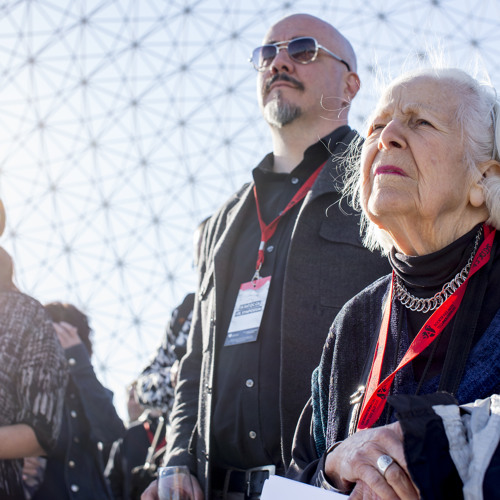Aug 20, 2015
Scientists successfully grow human brain equivalent to 5-week-old foetus in the lab
Posted by Sean Brazell in categories: chemistry, neuroscience
Growing brain tissue in a dish has been done before, but bold new research announced this week shows that scientists’ ability to create human brains in laboratory settings has come a long way quickly.
Researchers at the Ohio State University in the US claim to have developed the most complete laboratory-grown human brain ever, creating a model with the brain maturity of a 5-week-old foetus. The brain, which is approximately the size of a pencil eraser, contains 99 percent of the genes that would be present in a natural human foetal brain.
“It not only looks like the developing brain, its diverse cell types express nearly all genes like a brain,” Rene Anand, professor of biological chemistry and pharmacology at Ohio State and lead researcher on the brain model, said in a statement.
















